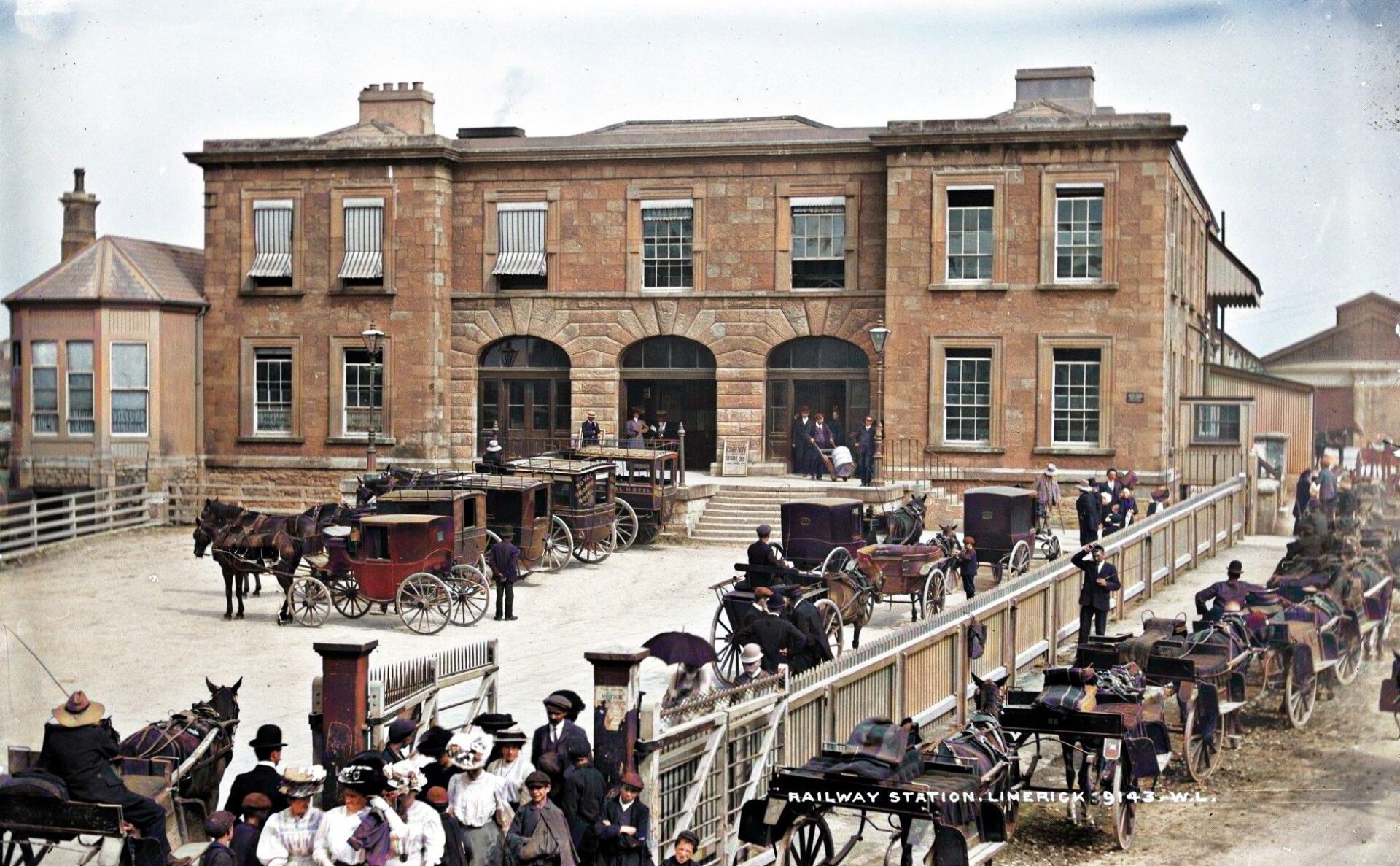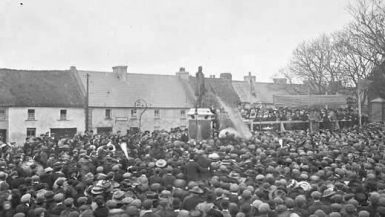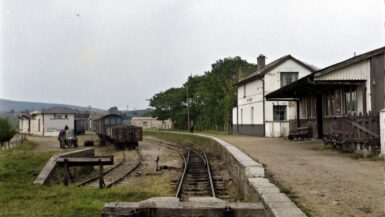Limerick’s Colbert Station stands as an emblem of the city’s storied past, its evolution, and its centrality in the interconnected web of Ireland’s railway network. A historic landmark and transport hub, Colbert Station has witnessed the comings and goings of countless individuals, making it not just a railway station, but a narrative waiting to be told. In this deep dive, we’ll explore the chronicles of the Colbert Station in Limerick, tracing its establishment, development, and the role it continues to play in contemporary Ireland.
Introduction to Colbert Station
Situated in the vibrant heart of Limerick city, Colbert Station is more than just a railway terminal; it’s a reflection of the city’s progress and transformation. Over the years, it has become an essential transport hub, catering to both locals and tourists alike.
Setting the First Stone: The Origins
Colbert Station, originally known as Limerick Station, opened its doors on 28 August 1858. Its establishment was a monumental achievement for the city, marking Limerick’s induction into the burgeoning railway network that was fast spreading across Ireland.
Track Dimensions: Understanding the Gauge
The tracks at Colbert Station are broad gauge, which, in the context of Irish railways, means a gauge width of 5 feet 3 inches. This choice of gauge has ensured compatibility with the primary railway network across Ireland, facilitating seamless train travel from Limerick to various other parts of the nation.
Operators Over Time: The Custodians of Colbert
The genesis of Colbert Station can be attributed to the Waterford and Limerick Railway Company, which spearheaded the station’s establishment to cater to the railway line connecting Limerick and Waterford. Over the years, the baton of its operation passed to the Great Southern and Western Railway (GS&WR) and subsequently to the Great Southern Railways in the 1920s.
In 1945, as Ireland sought to streamline and nationalize its railways, Córas Iompair Éireann (CIÉ) took over the reins of Colbert Station. CIÉ’s role as the principal operator continued until the late 20th century when its railway division evolved into Iarnród Éireann or Irish Rail, the present custodian of the station.
Renaming in Tribute: Honoring an Icon
In 1966, Limerick Station underwent a significant transition as it was renamed “Colbert Station” in honor of Cornelius Colbert, one of the executed leaders of the 1916 Easter Rising. This renaming was a part of Ireland’s broader initiative to pay homage to its national heroes, ensuring their legacies were enshrined in the nation’s everyday life.
Colbert Station’s Multi-modal Role
While the heart of Colbert Station beats with the rhythm of passing trains, it’s not just limited to railways. Over the years, it has expanded its role, encompassing a bus station that serves as a hub for Bus Éireann, linking Limerick with other major Irish cities and towns. This dual role as both a railway and bus station underscores its importance as a primary transport nexus in the region.
Architectural Evolution and Refurbishment
Over its long existence, Colbert Station has witnessed architectural enhancements, refurbishments, and modernizations. From its initial design reflecting the mid-19th-century aesthetics, the station has evolved, incorporating elements catering to contemporary needs without forgoing its historic charm. Efforts have been made consistently to ensure the station’s facilities are up-to-date, offering passengers comfort, convenience, and a touch of Limerick’s illustrious past.
Colbert Station Today: A Bustling Hub
Today, Colbert Station stands proud, serving as a pivotal railway junction in the west of Ireland. With numerous intercity, regional, and commuter services operating from the station, it connects Limerick with Dublin, Cork, Galway, and a plethora of other destinations.
The station, with its broad platforms, spacious concourse, ticketing facilities, and retail outlets, offers modern amenities to travelers. Moreover, its integration with Limerick’s bus network ensures that passengers have a multitude of options for onward journeys, reinforcing the station’s role as a central transport hub.






Leave a reply